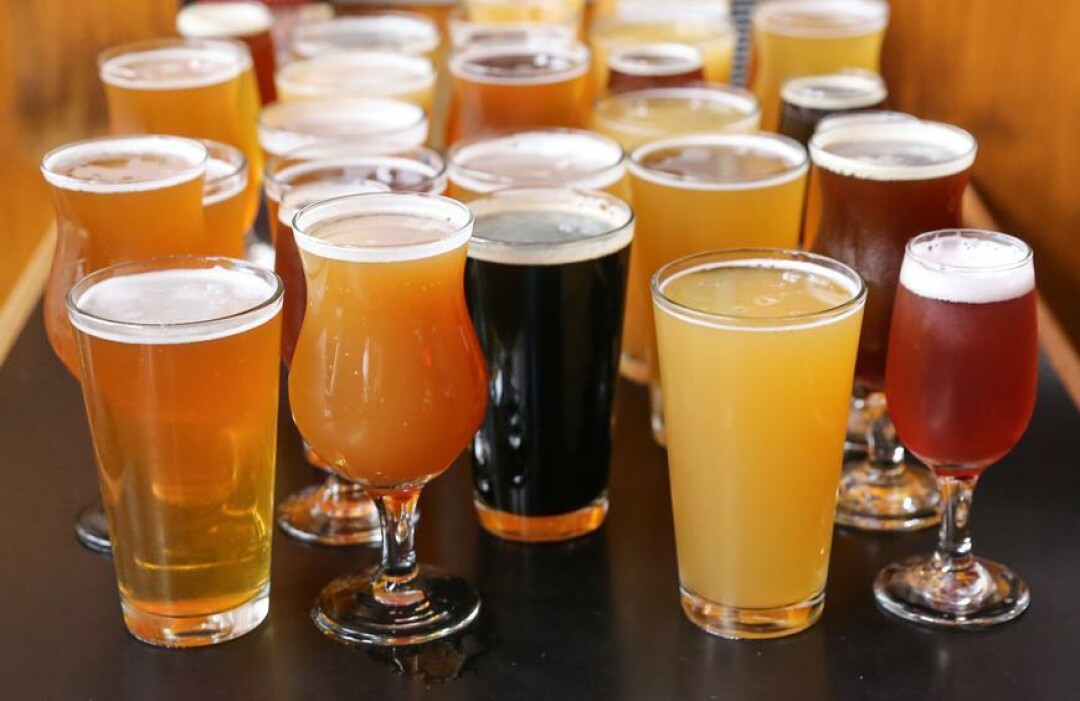Basics Of Beer: A Quick Crash Course On Lagers and Ales
Nothing says Wisconsin quite like beer. Here's the difference between two of the most popular types.

Wisconsin is a beer-loving state, for better or for worse, and with history older than Leinenkugel’s and new breweries coming up every year, the Chippewa Valley is definitely a hub within a hub. With a culture a sudsy as ours, it’s not uncommon to find oneself chatting among a group of beer aficionados, safe-bet Spotted Cow in hand, lost as they pontificate about the clarity, mouth-feel, and hop-iness of their micro-brewed preferences.
And while there are endless varieties, most beers fall in two categories: Ales and Lagers. Here’s a very short crash course about those two.
Lagers
Lagers are made with a variety of yeast called Saccharomyces Uvarum, which is a “bottom fermenting” yeast. This means that the fermentation process takes place below the surface of the brew. Lagers can ferment at temperatures as low as 48 degrees Fahrenheit, which results in a crisp, clean flavor. These brews take weeks, or even months to produce. The yeast doesn’t produce as much alcohol during the fermentation process, so lagers usually have a lower alcohol content than ales.Their smooth, crisp flavor elements tend to draw older drinkers to choose Lagers.
Varieties include: American Lagers, Pilsners, European Lagers, Bocks.
Ales
Ales, by contrast, use a top-fermenting yeast called Saccharomyces Cerevisiae. As you can probably guess, this variety floats to the top of the brew during fermentation, sinking into the depths toward the end of the process. Ales aren’t as cold-hardy as lagers, which means they must be brewed at higher temperatures. But, the process takes only a few weeks, and because the yeast strain is more alcohol-tolerant, yields are usually higher ABV than lagers. Ales are darker, cloudier, and often fruitier with more robust bitter tones. Ales make up the majority of Chippewa Valley-made beers, in good part because of their quick turnaround time. It allows smaller-scale operations to produce enough product to meet the demands of local customers, and experiment with new, exciting recipes on a shorter timeline.
Varieties include: Porters, Brown Ales, Lambics and Sours, Belgian beers, and Stouts.

